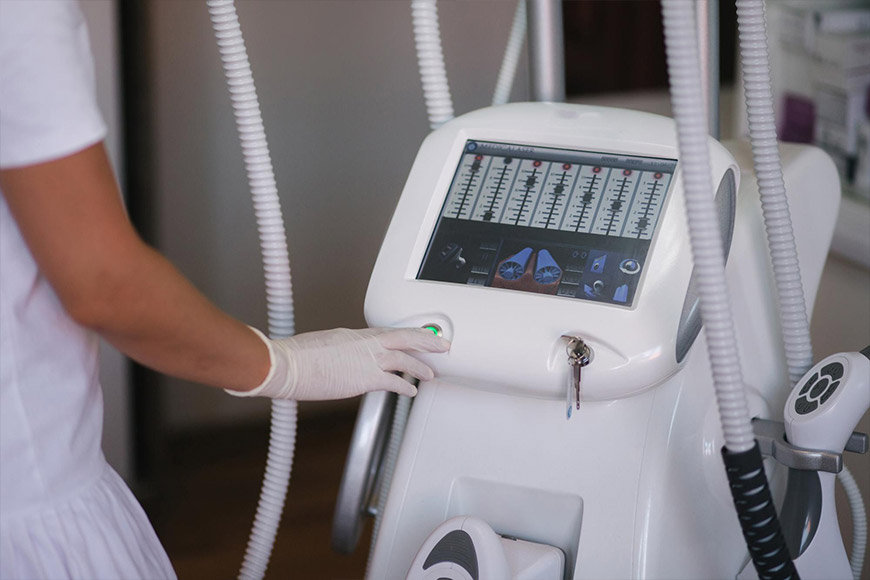
Vasculator
Vaskulator, Beograd. TOP CENA✓ Poboljšanje cirkulacije i tonusa mišića✓ Dijabetsko stopalo, artroza i prevencija✓ Stručna nega i personalizovana terapija✓
Vasculator
When we are born, our potential lifespan is much longer than what we actually experience. Every organism has the predisposition to live longer, but this is hindered by various negative factors—psychological, physical, chemical, or biological. Due to these influences, people live much shorter lives, but with advancements in medicine, chemistry, and technology, our lifespan is gradually extending.
Biologically, a human's lifespan could be around 150 years, but no one reaches that age. If this were the case, death would occur as a natural cessation of cell activity and the stopping of organ functions.
However, this is not the reality. The leading causes of death are cardiovascular problems and diseases. The human body relies on a very important muscle called the heart, which acts as a massive pump working 24 hours a day from the moment we take our first breath. The heart's enemies can be stress, poor diet, smoking, and lack of exercise.
There is a saying that cholesterol has killed more hearts than prom queens. And this is quite true. Cholesterol deposits lead to atherosclerosis, meaning there's a high chance of a blood clot forming in the arteries, which can result in blockage, leading to a heart attack and potentially a fatal outcome.
Our topic is the vasculator and how this device can help us. The principle of operation involves the effects of increased or decreased pressure. This helps remove congestion in the venous-lymphatic system.
The vasculator eliminates negative atmospheric pressure on soft tissues, feet, lower legs, hands, and forearms. This affects blood flow in the blood vessels and their walls.
How does it work?
While the device is operating and there is elevated atmospheric pressure in the chamber, compression is applied to the soft tissues. This pressure compresses the venous circulation and lymph flow. This allows for easier blood push from the periphery towards the heart.
A vacuum is created in the chamber with negative atmospheric pressure, which increases the lumen of the blood vessels. This results in stronger blood flow in the arteries, leading to better nourishment of the surrounding tissue. This is crucial for blood vessels that are constricted or in spasm, as this condition is alleviated in the described manner.
Collateral circulation is established as narrowed blood vessels are expanded. There is a term called barogymnastics, referring to the improved circulation resulting from alternating sub-pressure and super-pressure on the blood vessels.
Before using the vasculator, detailed examinations and a diagnosis are required. Only a specialist in vascular pathology can provide this diagnosis and determine the indications for using the device.
A doctor always supervises the therapy along with trained medical staff.
Candidates for this therapy include people who sit or stand for extended periods without movement (such as during long bus or plane trips), athletes seeking better circulation and muscle toning, and individuals needing preventive recovery.
How to Contact Us?
For more information about our services or if you have any questions, feel free to visit our CONTACT page and get in touch with us. We’re here to help!